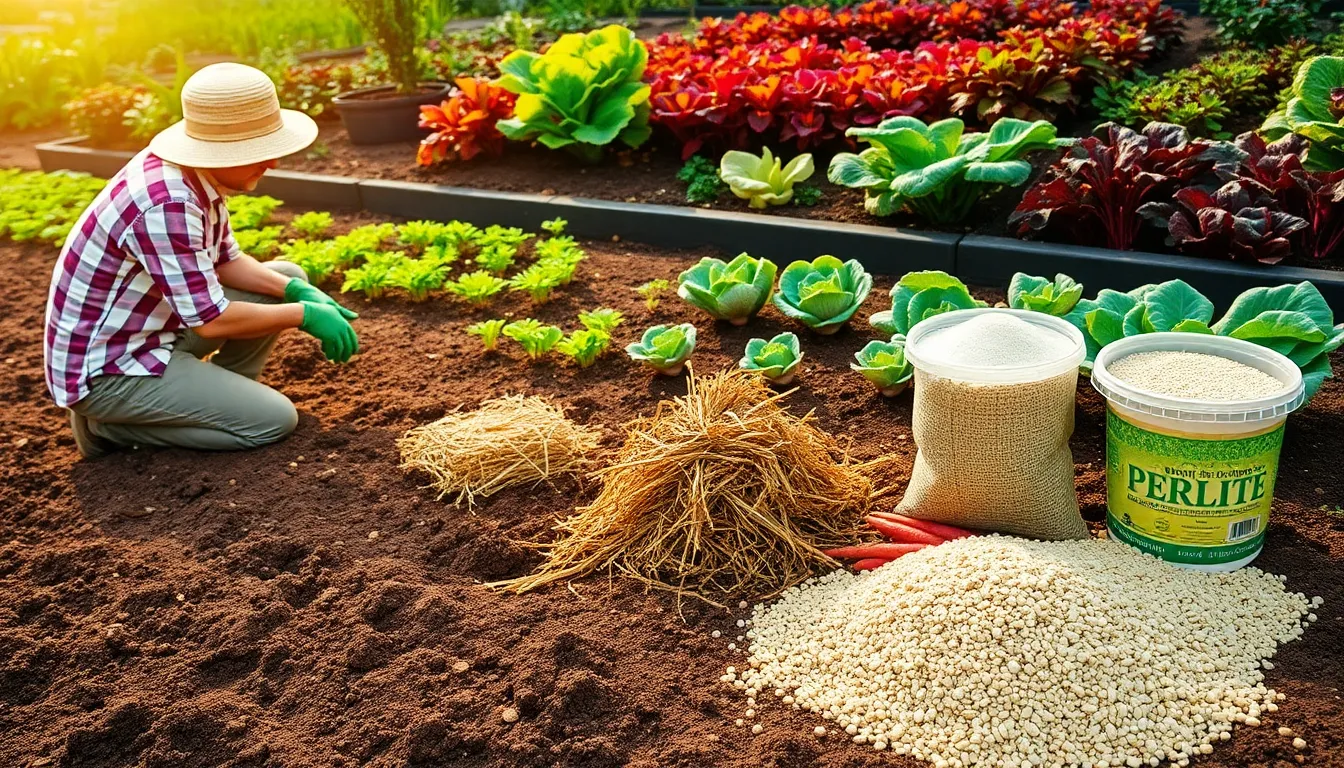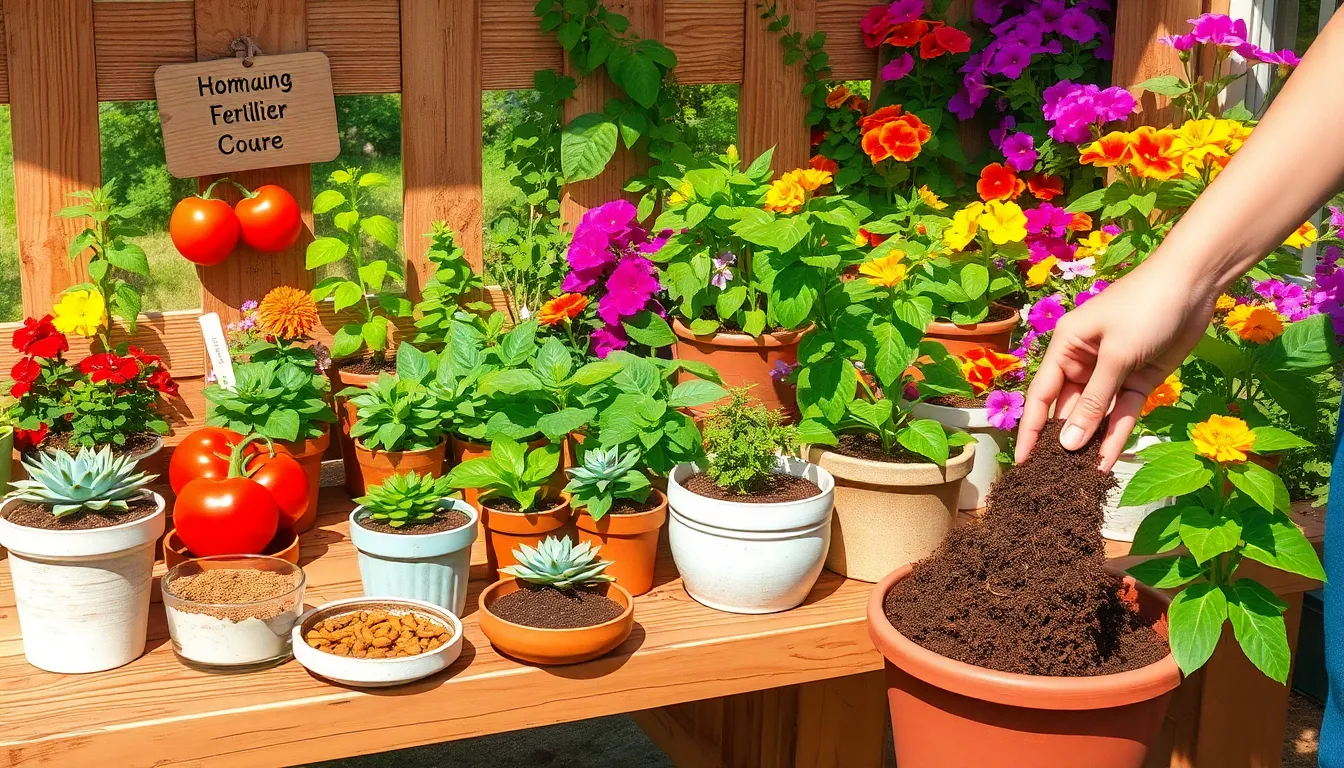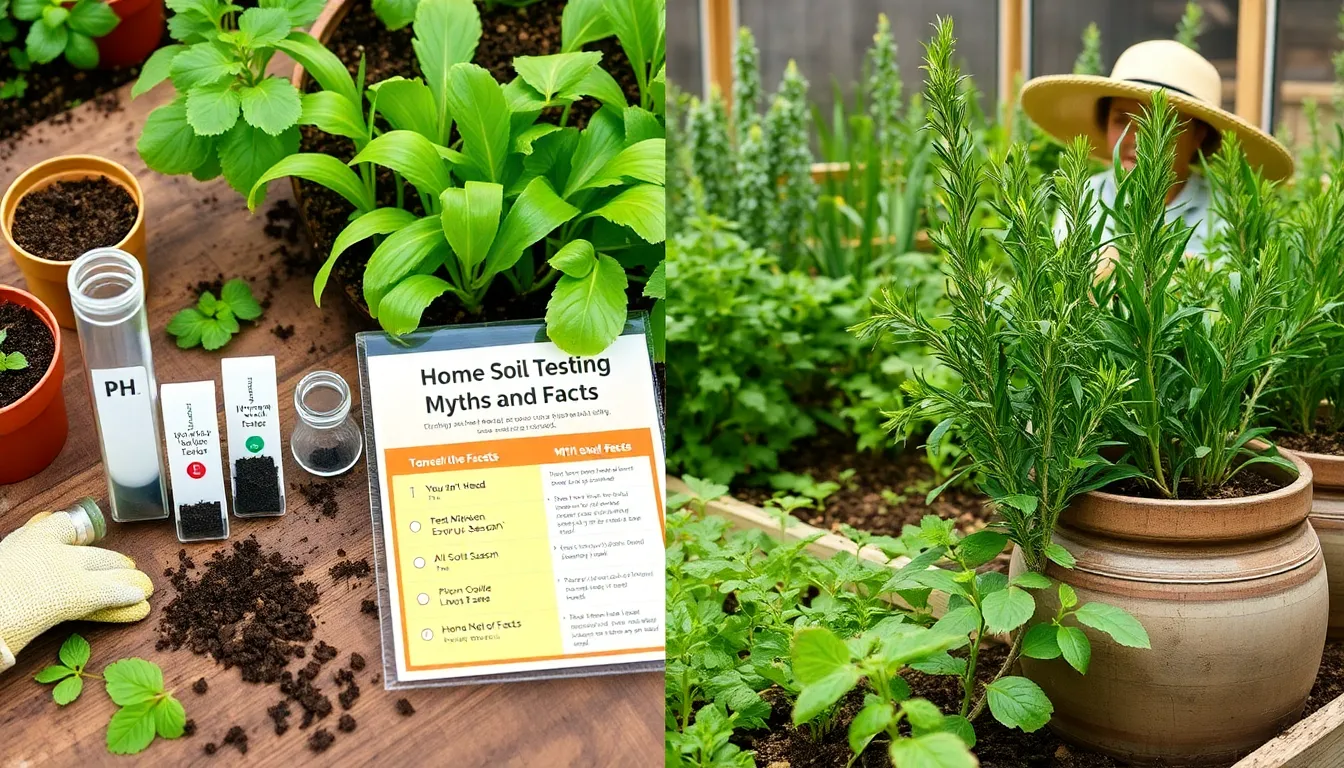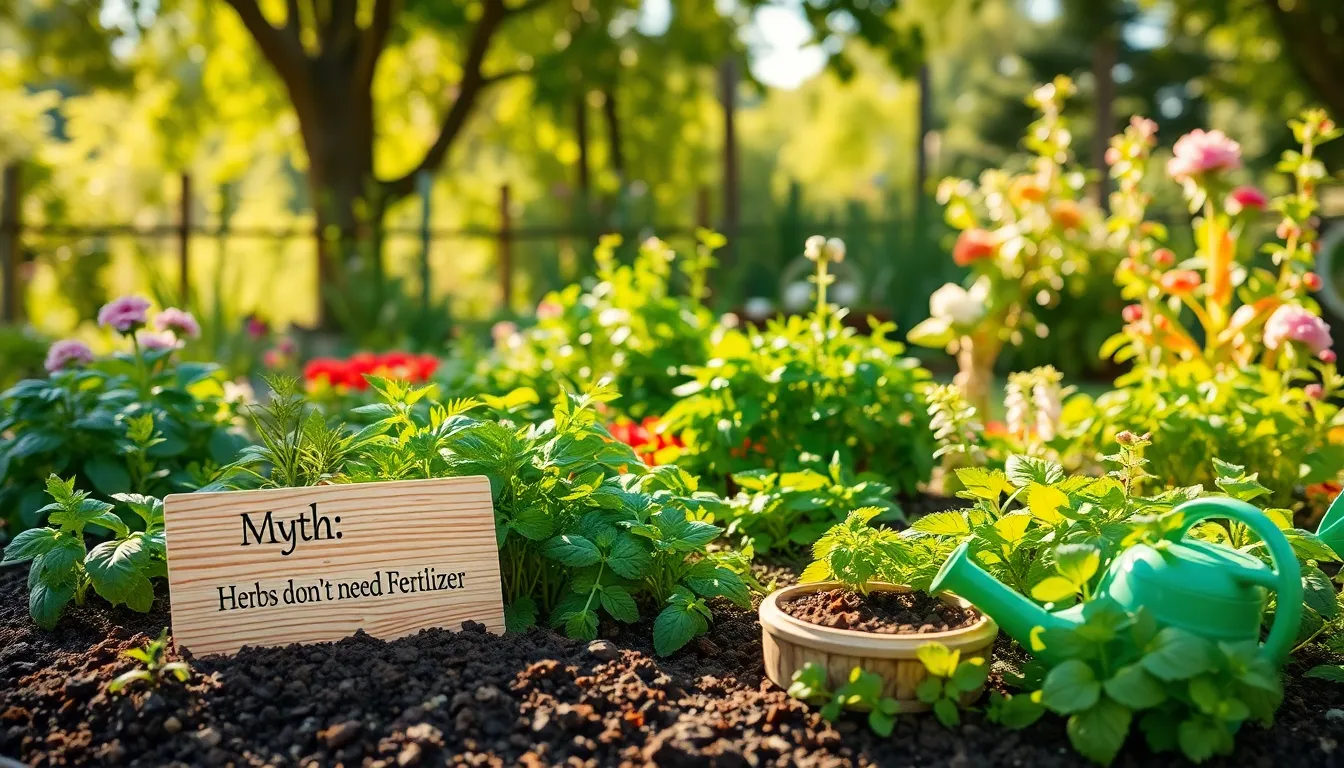Gardening is a journey that invites us to connect with nature, but sometimes the path is muddied by challenges like clay soil. Whether you’re just starting out or have years of experience, understanding how to improve clay soil can be a game-changer for your garden, turning it from a stubborn obstacle into a rich foundation for growth. This article will guide you through transformative techniques to enhance clay soil’s texture and fertility, making it more welcoming for your plants.
Improving clay soil is essential for fostering a thriving garden, as it impacts everything from water drainage to root development. With a few strategic adjustments, you can unlock the full potential of your garden space, ensuring that your plants not only survive but flourish. From simple amendments to more advanced practices, you’ll discover a range of solutions tailored to fit your gardening style and goals.
As you delve into these pages, you’ll learn how to identify the specific challenges posed by clay soil and tackle them with confidence. We’ll explore both organic and structural amendments that can dramatically change your soil’s composition. No matter your level of expertise, these insights will empower you to create a garden that’s as vibrant and bountiful as you’ve always envisioned.
Understanding Clay Soil Challenges
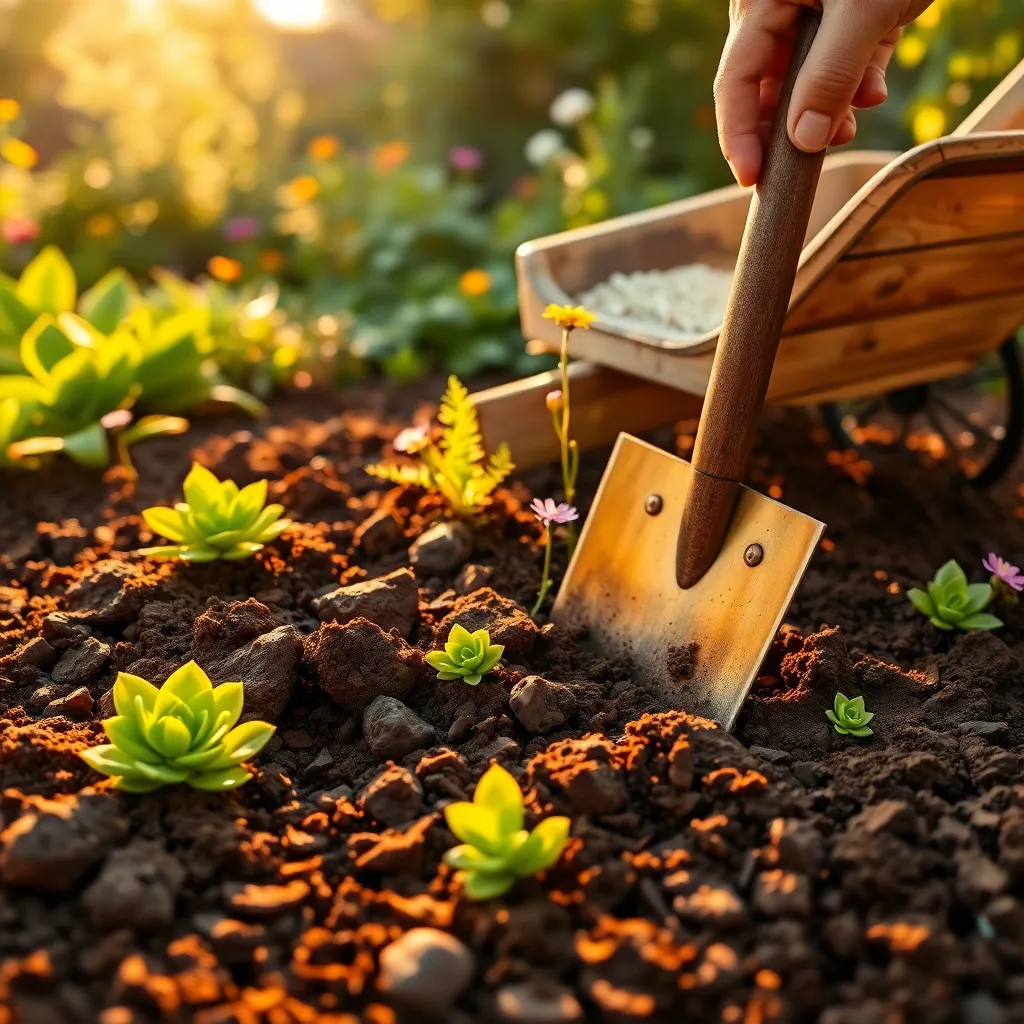
Clay soil presents unique challenges due to its dense and compact nature, which can lead to poor drainage. However, with the right techniques, you can transform it into a productive growing medium.
One of the main issues with clay soil is its tendency to retain water, resulting in root rot for many plants. To combat this, consider incorporating organic matter such as compost or well-rotted manure, which helps improve drainage and aeration.
Frequent tilling can be detrimental to clay soil as it may further compact the soil, especially when wet. Instead, focus on adding organic amendments regularly and use a garden fork to gently break up the surface.
For gardeners dealing with heavy clay soil, selecting plants that thrive in such conditions can be a wise choice. Species like daylilies, asters, and switchgrass are not only beautiful but also have root systems that help break up the soil over time.
Advanced techniques such as double-digging can significantly enhance the soil structure for serious gardeners willing to put in extra effort. By creating deeper beds, you allow plant roots to penetrate more easily, enhancing growth and resilience.
To maintain the health of your clay soil, consistent mulching is vital. A layer of organic mulch will not only suppress weeds but also keep the soil temperature stable, reduce crusting, and improve water absorption.
Assessing Your Soil’s Composition
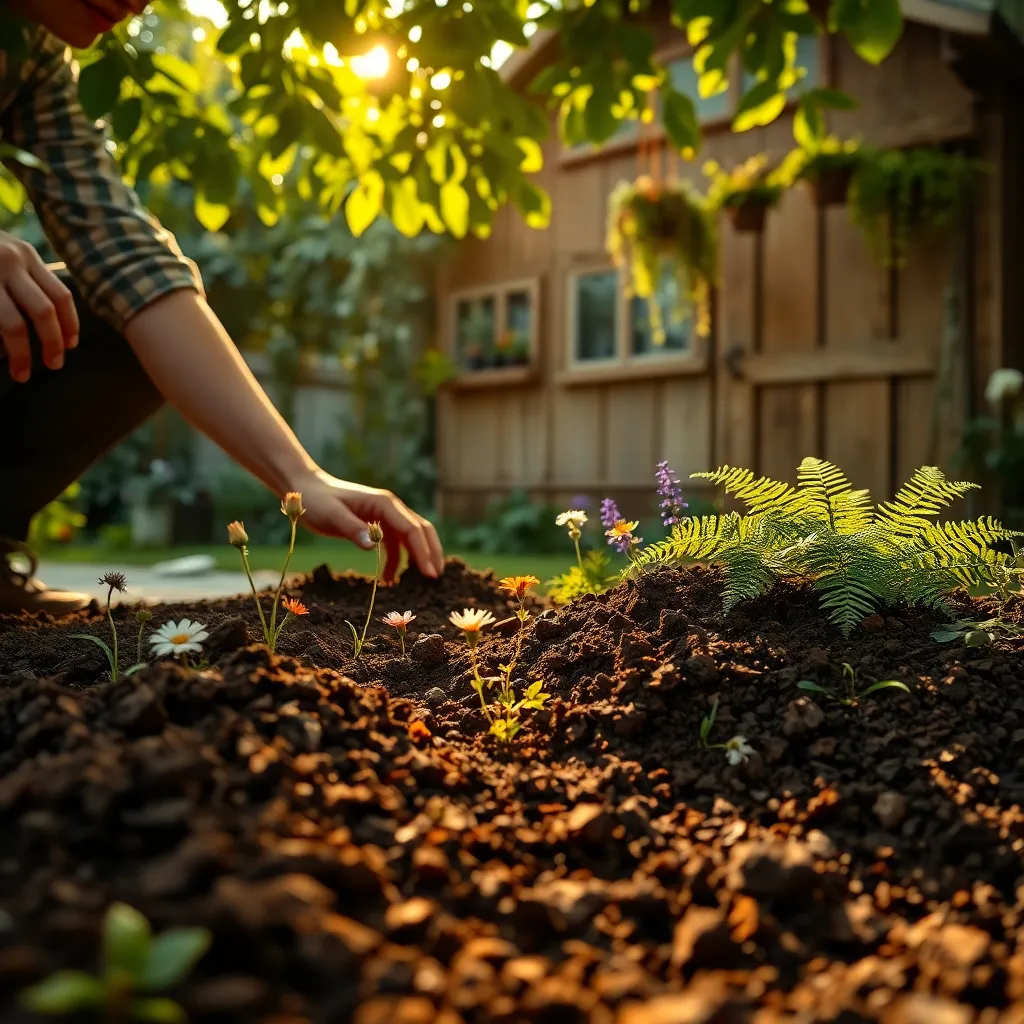
To effectively improve clay soil, begin by assessing your soil’s composition. This crucial step will help you determine specific amendments needed to enhance soil quality.
One simple way to assess your soil is by conducting a jar test. Fill a jar with soil, add water, shake vigorously, and let it settle overnight to observe the layers of sand, silt, and clay.
Another method is the ribbon test, which involves moistening a small amount of soil and attempting to form a ribbon between your fingers. Clay soil will create a long, pliable ribbon, indicating high clay content.
For a more detailed analysis, consider sending a sample to a local extension service for a professional soil test. This will provide precise information on pH levels, nutrient content, and other characteristics.
Effective Amendments for Clay Soil
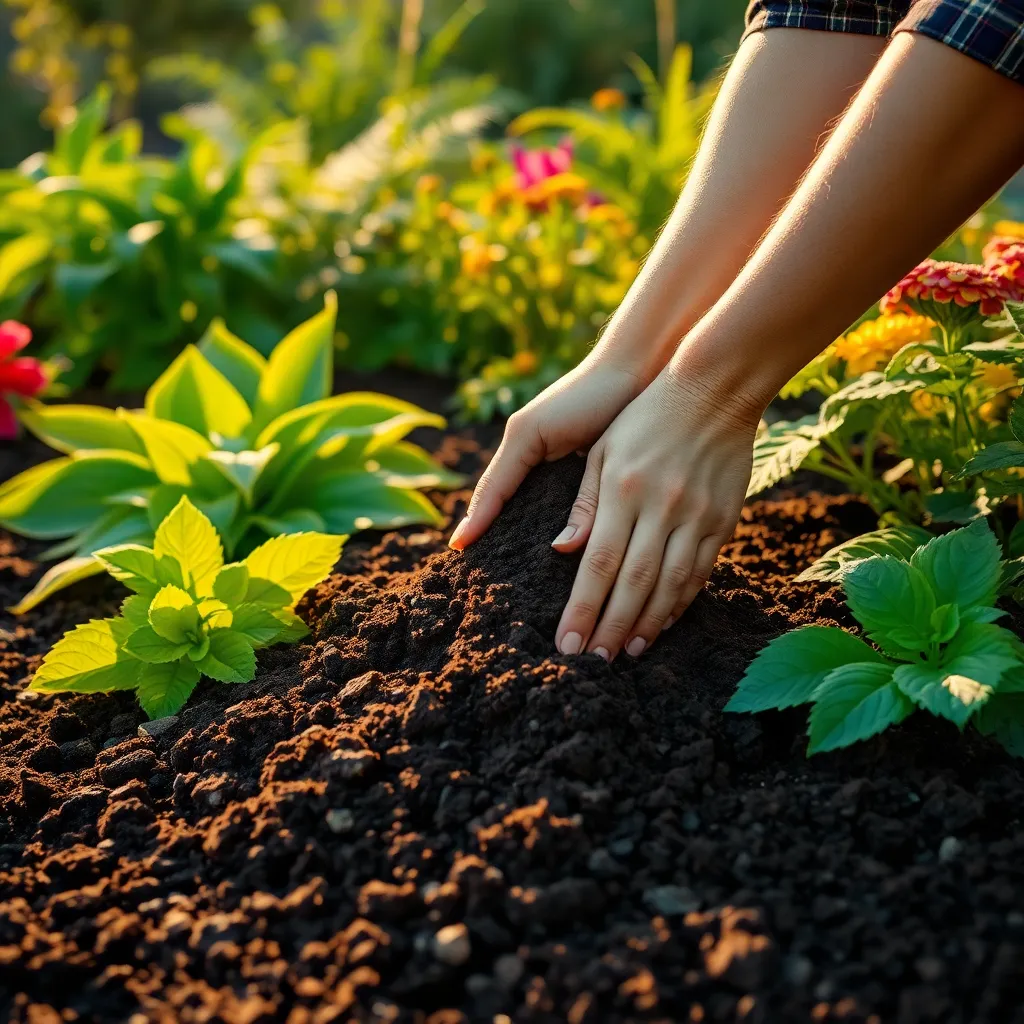
Amending clay soil effectively requires the addition of organic matter to improve its structure. Start by incorporating well-decomposed compost to loosen the dense particles and enhance drainage. This step is crucial for improving aeration, allowing plant roots to access nutrients more readily.
Another excellent amendment is aged manure, which enriches the soil with nutrients and improves its texture. Spread a 2-3 inch layer of manure over the soil and work it in with a garden fork or rototiller. This process not only boosts fertility but also encourages beneficial microbial activity.
For gardeners looking to refine their approach, mixing in coarse sand can help mitigate compaction in clay soils. Be sure to combine sand with organic matter to prevent creating a cement-like structure. This combination helps increase porosity, promoting better root growth and water retention.
Incorporating gypsum is another advanced technique, particularly useful if you’re dealing with heavy clay layers. Apply gypsum at a rate of about 40 pounds per 1,000 square feet to help break up clay particles. Over time, this amendment can significantly improve soil friability and structure.
Improving Drainage and Aeration

Improving drainage and aeration in clay soil is crucial for plant health. One effective method is to incorporate organic matter like compost or well-rotted manure, which not only enriches the soil but also helps break up the dense clay particles.
Mixing in coarse sand or fine gravel can significantly enhance drainage by preventing the soil from compacting too tightly. It’s important to ensure that the sand or gravel is thoroughly mixed throughout the soil to avoid creating a layered effect, which can impede root growth.
For gardeners seeking an advanced approach, installing a series of perforated pipes beneath the soil surface can aid in water movement and improve aeration. This technique, known as sub-surface drainage, is especially beneficial in areas with heavy rainfall or poor natural drainage.
When working with clay soil, avoid the temptation to till or dig when it is wet, as this can lead to compaction. Instead, wait until the soil is slightly moist but not sticky, allowing you to work it more effectively without damaging its structure.
Long-Term Clay Soil Maintenance
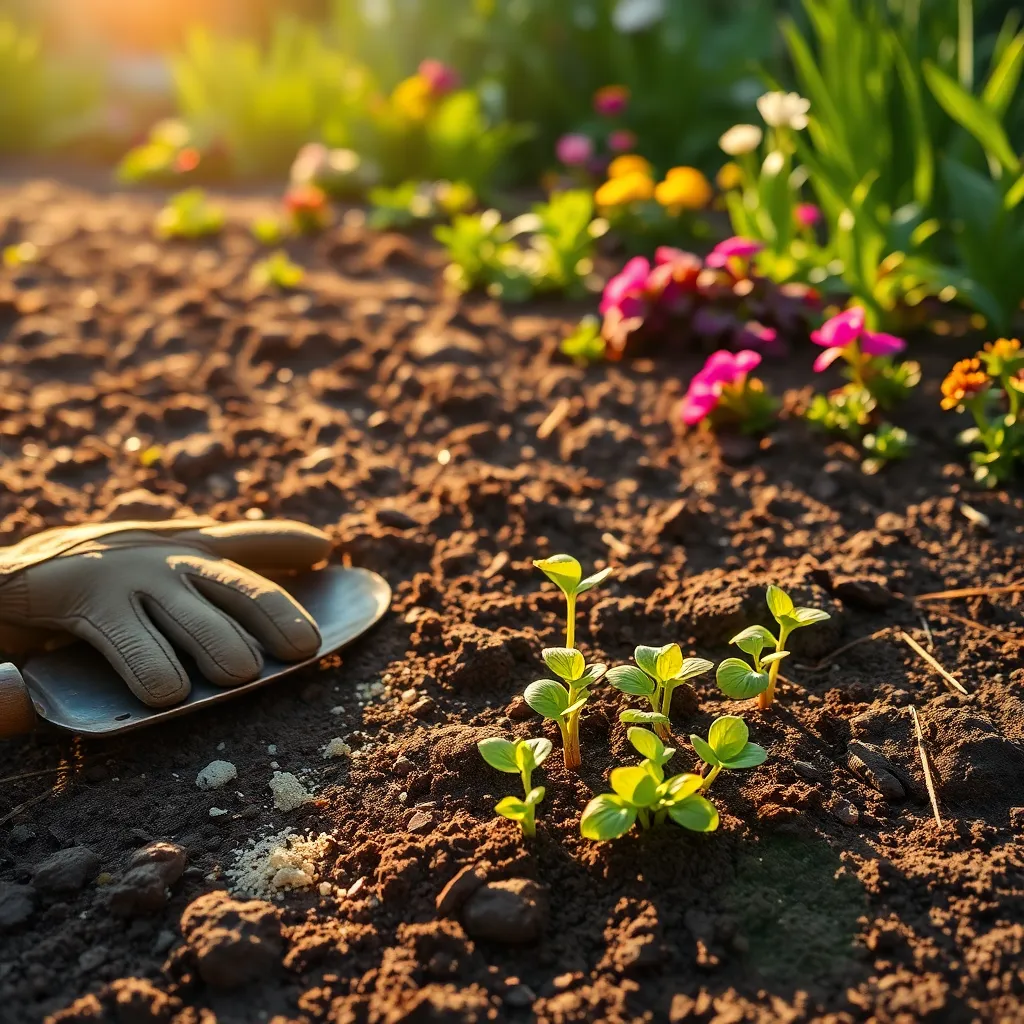
Long-term maintenance of clay soil is crucial to sustain the improvements you’ve worked hard to achieve. Regularly adding organic matter, such as well-rotted manure or compost, keeps the soil structure loose and promotes healthy plant growth.
Incorporating a diverse range of organic materials can enhance soil fertility and texture. Composting kitchen scraps and garden waste provides a steady supply of nutrients and encourages beneficial microorganisms.
Mulching is another effective strategy for maintaining clay soil. A layer of organic mulch, such as straw or wood chips, helps regulate soil temperature and moisture levels, reducing the compaction that clay soils are prone to.
For more advanced maintenance, consider planting cover crops during off-seasons. These crops, like clover or vetch, can improve soil structure and add nutrients when tilled back into the soil.
Conclusion: Growing Success with These Plants
In navigating the rich landscape of relationships, the article “What Is Improve Clay Soil” explores five pivotal concepts: the importance of understanding and nurturing your partner’s needs, effective communication techniques to enhance connection, the art of compromise to foster harmony, building trust as the foundation of a lasting bond, and the significance of shared goals in strengthening your partnership. These elements are akin to nurturing soil—it takes time, patience, and dedication to cultivate a thriving relationship.
As your actionable next step, consider setting aside dedicated time this week for a heart-to-heart conversation with your partner. Use this opportunity to listen actively, express appreciation, and discuss mutual aspirations. This small yet meaningful action can be the catalyst for deeper understanding and closeness.
Don’t let these insights slip away—bookmark this article as your go-to guide for relationship nurturing. A future of relationship success is within reach, brimming with growth and mutual fulfillment. With each effort you make, you’re investing in a partnership that flourishes over time, enriching your lives beyond measure. Embrace this journey with optimism and watch your relationship bloom.

